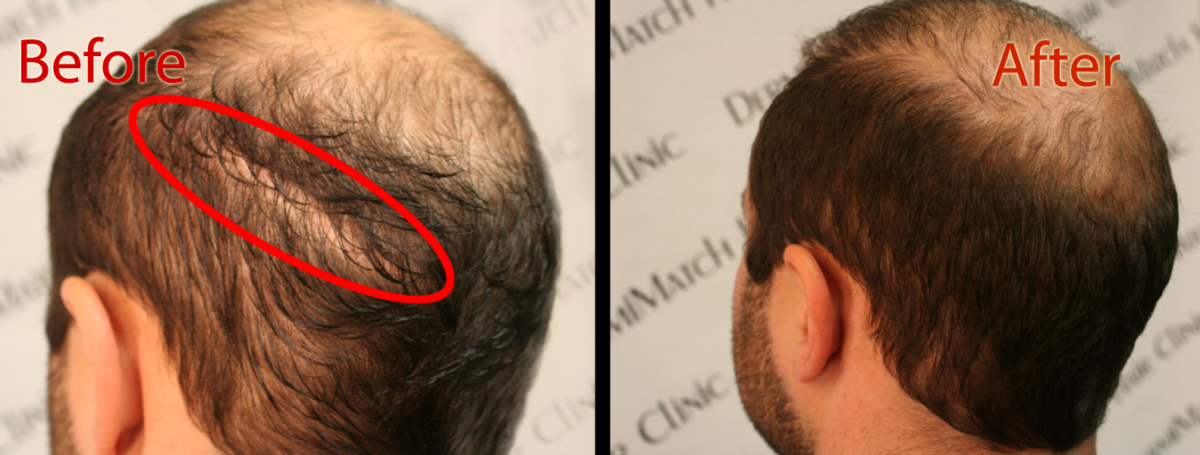Can stress cause gray hair? Stress can cause all sorts of physical and mental problems for the body. This includes turning your hair gray. Hair can turn gray prematurely due to stress. It affects stem cells responsible for regenerating pigment in the hair.
A new study claims that the body’s fight or flight response can give you gray hair. With age, stem cells start disappearing. Melanocytes or pigment-producing cells determine the color of your hair. Melanocyte stem cells form new melanocytes that are found in hair follicles at the roots. Increased stress levels cause loss of pigment-producing stem cells. How?
How stress causes gray hair?
Nerves in the sympathetic nervous system go throughout the body. This includes hair follicles. When you are stressed, this affects the follicle as the chemical norepinephrine is released into it. As a result, it affects melanocyte stem cells there. They quickly turn into pigment cells and are released from follicles. The loss of stem cells during the process ensures no new pigment cell production. When that happens, hair graying is the result as your body cannot regenerate pigments. The damage is permanent.
The research team confirmed that noradrenaline or norepinephrine was responsible for the stress-induced graying of hair.
They validated the fact that signaling from the sympathetic nervous system during fight or flight response plays a crucial role in the graying of hair due to stress. Under normal conditions, melanocyte stem cells in hair follicles remain dormant until the growth of new hair. But the release of noradrenaline is responsible for the activation of stem cells.
Such damage is permanent and cannot be remedied. So does that mean you have no hope of hair restoration? Well, there is still hope.
Stress-Caused Gray Hair Treatment
Now that stress is the cause of gray hair, you might be looking for solutions. If you seek a permanent solution, then look no further than scalp micropigmentation. SMP for gray hair is an option as it can cover gray strands.
Micropigmentation works for all hair colors and types. SMP provides a seamless natural look when performed by an expert scalp technician in Phoenix. Every scalp artist is unique. So it would help to consult with an expert technician, who has expertise working with similar situations. You have specific concerns, choices, and preferences. Talk to the scalp artist about a solution to your problems. The most reliable SMP practitioners use the best quality customized scalp pigment that gives you the result you seek for gray hair.
DermiMatch SMP practitioners in Phoenix use DermMicro HD pigments that are specially meant for different hair and skin types. These pigments match the hair color of clients and can be used as is without dilution.
Having SMP with gray hair is a safe and permanent solution. Graying hair is a normal part of the process of aging. But premature graying hurts. You should work on stress since you are already aware that stress causes gray hair. Get in touch with top scalp experts in Phoenix today and get back to your youthful appearance.










